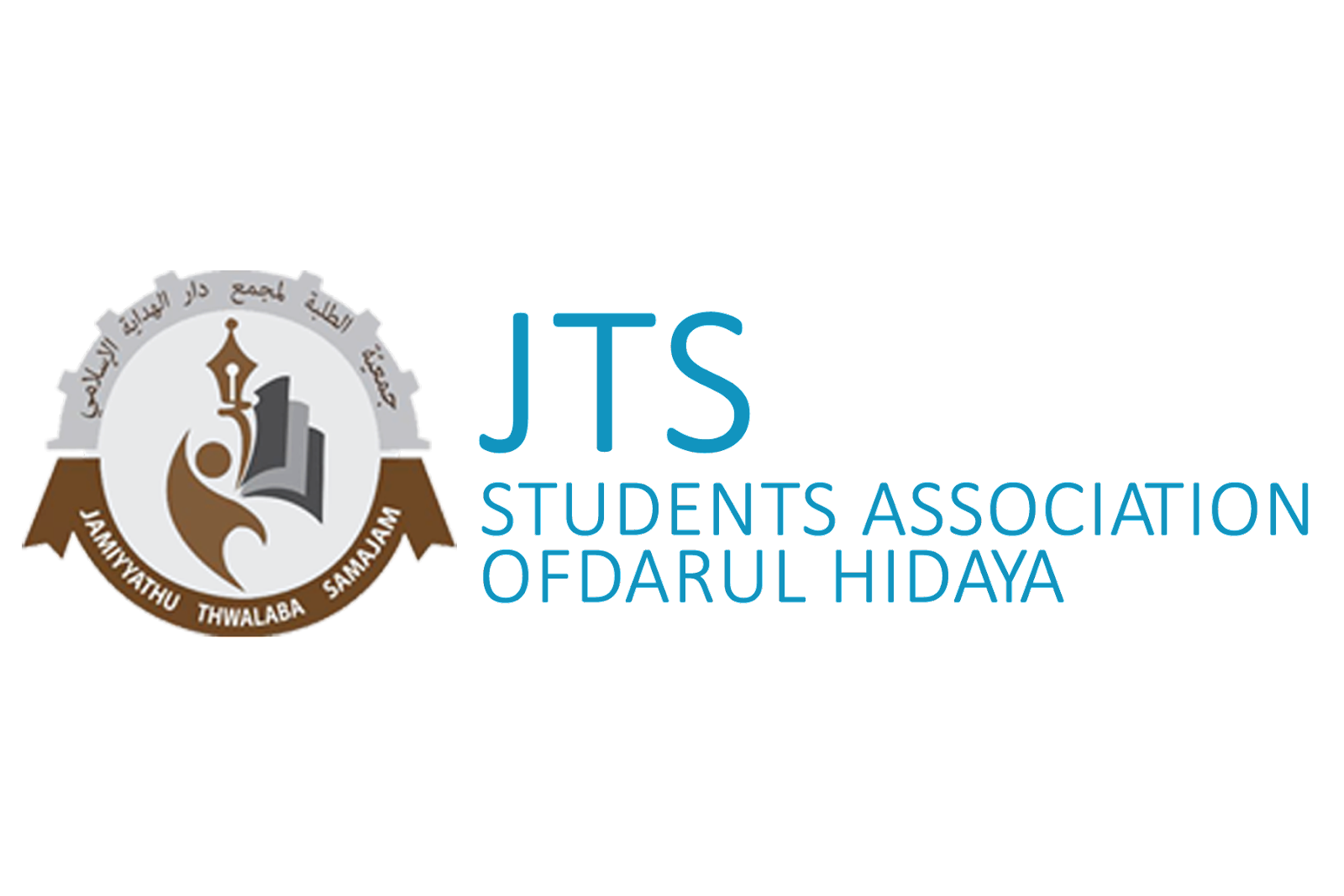Positive Impact of Islamic Art on Society Argumentative Essay
History of Islamic Art takes its roots in the seventh century and encompasses all types of visual art produced by people who inhabited culturally Islamic territories. Though Islamic art long stayed remarkably loyal to spiritual and religious traditions, it can still be perceived as sophisticated mixture of Arab, Turkish, Persian, and even Roman and Byzantine influences (Duiker and Spielvogel, 2010, p. 178)
Just like other external artistic and scientific trends have influenced the formation of the Islamic traditions, the art of Islam have reached other spheres of human activities, such as architecture, culture, media, and politics.
Its impact of social and cultural development of the Islamic World and other cultures can be considered to be positive because it has introduced uniqueness, originality, and unity of Islamic culture, architecture, media and politics.
Islamic art is mistakenly believed to be narrowed to religious motives, although most of the artistic elements involve predominantly secular themes. Although religious motives were less prominent, Islamic architecture is equally marked by spiritual and impious styles that still effect the construction and design of structures and building in Islamic culture (Kleiner, 2010, p. 277).
Similar to the art of Islam, architecture has also been impacted by Roman and Byzantine geometrical motives and calligraphic elements. Interestingly, the Islamic artists convert “the architectural surface into a textile surface – the three-dimensional wall into a two-dimensional hanging – weaving the calligraphy into it as another cluster of motifs within the total pattern” (Kleiner, 2010, p. 278).
In a whole, the development of Islamic architecture continues to prosper from the emergent artistic movements and trends that impact neighboring artistic centers, particularly in South Asia and Turkey. Thematic concerns of Islamic art have also a tangible impact on cultural development, particularly on literature and language. Just as Islamic artists were often considered as being pure, complex, and sophisticated, Islamic literature is also narrowed to the this aesthetic tradition, being “a symbol of a deeper reality” which is tenuous and intrinsic (Leeman, 2004, p. 54).
The same arguments are also applied to calligraphy as the chief Islamic art form. Being the key aesthetic feature in Islamic culture, calligraphy underscores the importance of religion and spirituality as well as essence of the Arabic language that is attributed with a unique status in Islam world.
Hence, literary and cultural sphere is considerably marked by the presence of calligraphic elements acting like meaningful images and turning writing into something more than exposition of ideas; rather, language and writing capture peculiar configurations of colors and shapes.
In general, calligraphy can be recognized as an independent Islamic art form labeling the Arabic literature and making it unique and original.
The spread of the Eastern culture, particular Islamic cultural movements, has occurred as an apposition to the biases created by the Western culture and media. Currently, Islamic media has captured the World Wide Web and has become as ubiquitous as the American culture (McGraw and Formica, 2005, p. 135)
Hence, the Internet enables Muslims to advance opinions and disseminate news that specifically concern Islamic cultural and aesthetical development. Manifold perspectives provided by the Internet have influenced the advancement of modern networks and discussions about Islamic activities both within the Muslim society and beyond it.
Being under the influence of Islamic traditions and art, the world has learnt much about peculiarities, originality, and uniqueness of Islamic art and culture that is not narrowed to spirituality and religion only. Furthermore, the deployment of Eastern traditions has diminished a considerable imposition of the Western world on the global culture.
Such distinctive features of Islamic art as calligraphy and geometry being presented as variants within one identity are closely associated with political movements and ideologies.
In particular, politics is considered one of the main forces contributing to the creation of new forms of Islamic ornament and calligraphy that are produced with political context reflecting the essence of Islamic culture (Tabbaa, 2002, p. 167). Political trends matter when it comes to Islamic art being defined as representation of national and cultural image and as an opposition to other cultures.
This concept is specifically applied to the conflict between Muslims and Byzantium defining the conflict moment in Islamic history. Therefore, political dimension is largely defined by the language and historical development of the art and culture in Islam.
In conclusion, it should be stated that Islam culture has a positive and balancing impact on the Muslim society in particular and the world community in general.
Its influence of cultural and social development can be perceived as positive because it spreads the concept of uniqueness, originality and identity being the basic prerogative of every culture. Furthermore, it serves as a power confronting intensive deployment of Western trends, ideologies, and movement assimilating minor cultures to the global one.
One way of another, such elements of Islamic culture and art as calligraphy, geometry and ornament has entered politics, architecture, and media creating more opportunities for developing distinctive features of political ideologies, architectural elements, and media channels that are not confined to religious and spiritual themes only.






.png)


